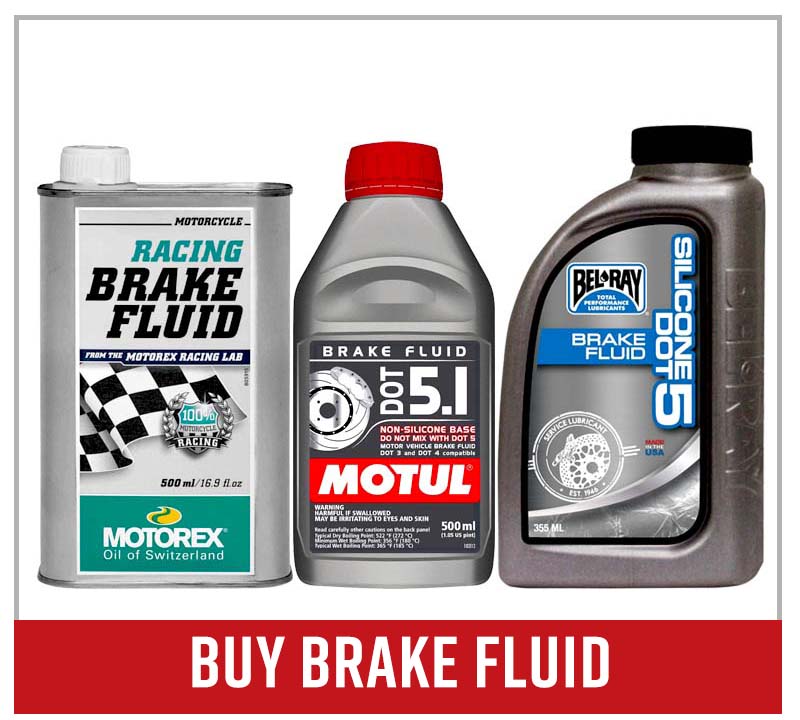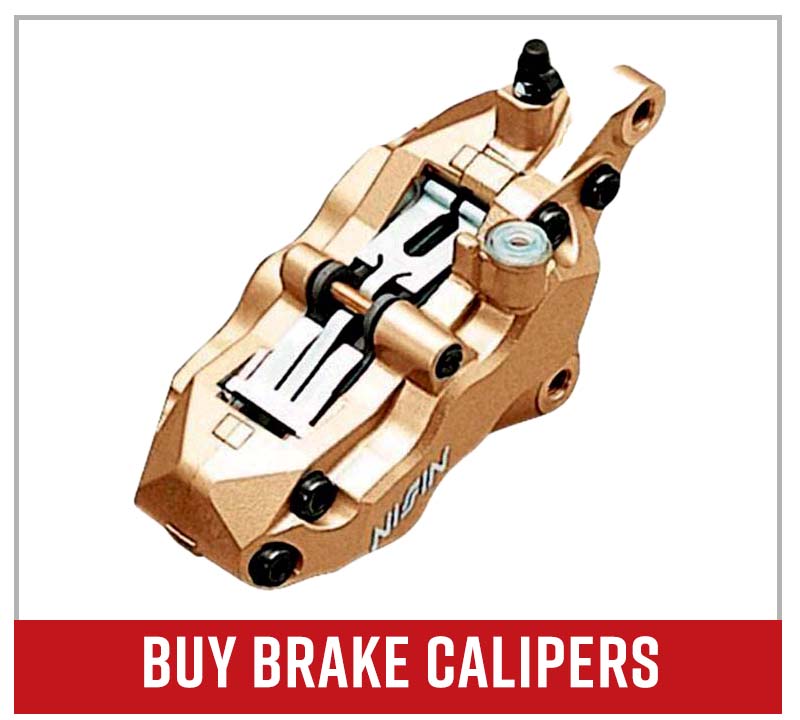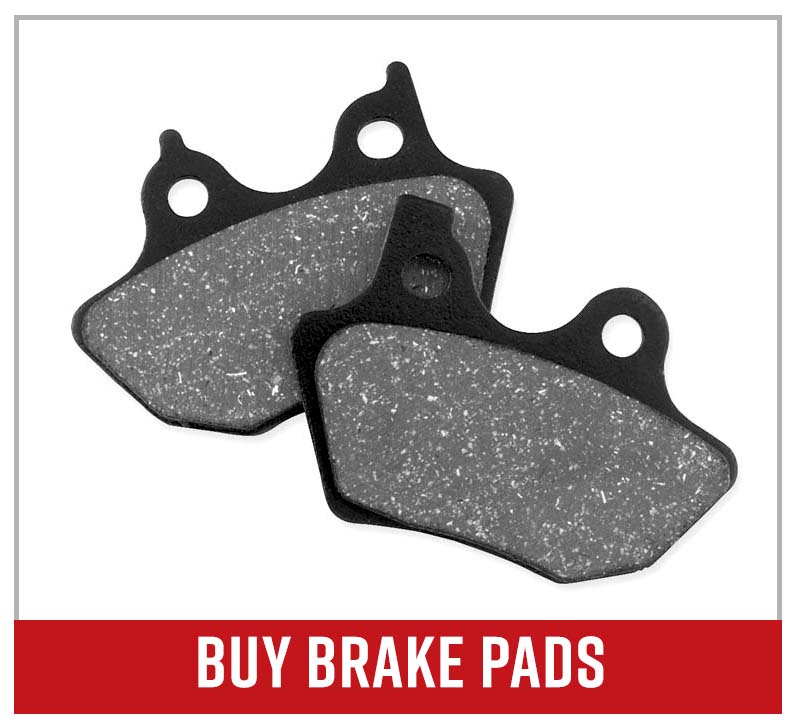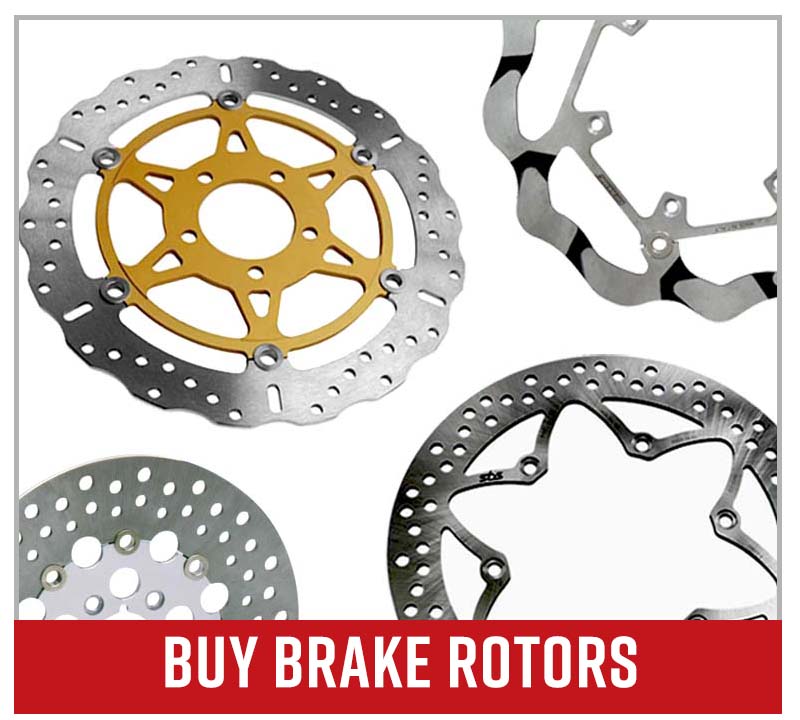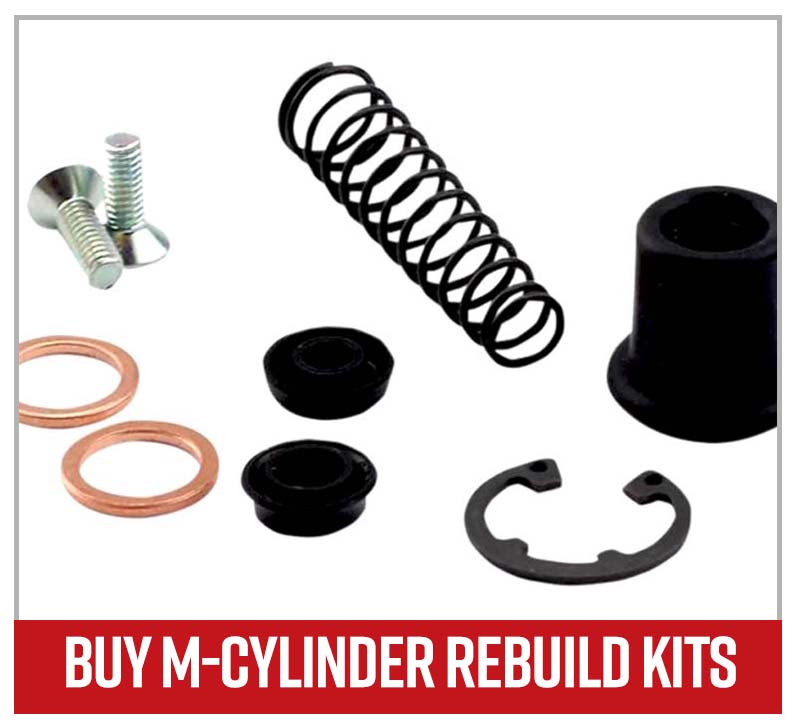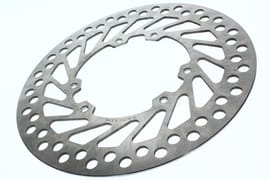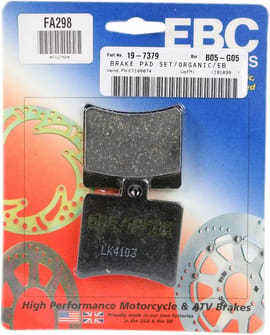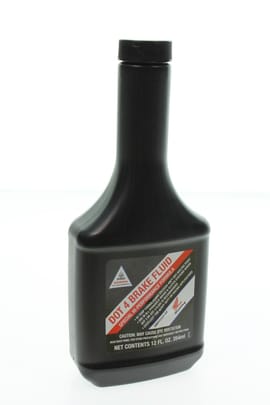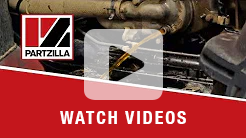Troubleshooting Motorcycle Brakes
The motorcycle braking system is simple. Essentially a lever or pedal provides manual pressure and compresses the brake fluid to the caliper, which pushes the pads against the rotor.
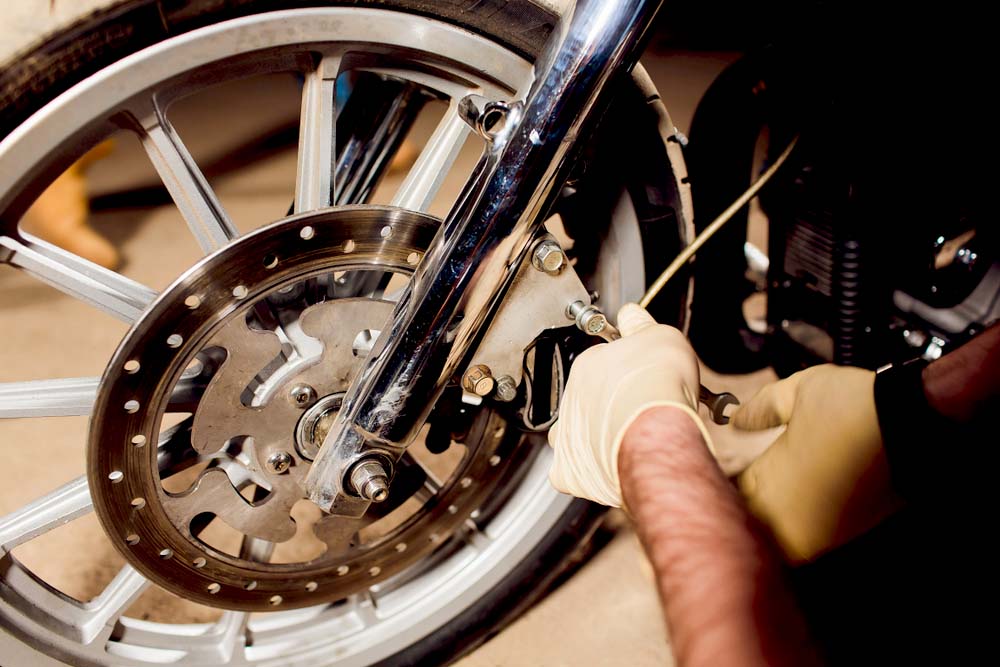
Since the braking system is airtight, any air in it decreases allowable pressure. So the more pressure, the harder the braking. Here are some tips for understanding and troubleshooting motorcycle brakes.
Brake Fade
Anything that leaks fluid or allows pressure to bleed off will impact your motorcycle's braking efficiency. When you engage the brakes but the pressure seems to fade away, it's known as "brake fade." Here's the rundown of a motorcycle's braking system components.
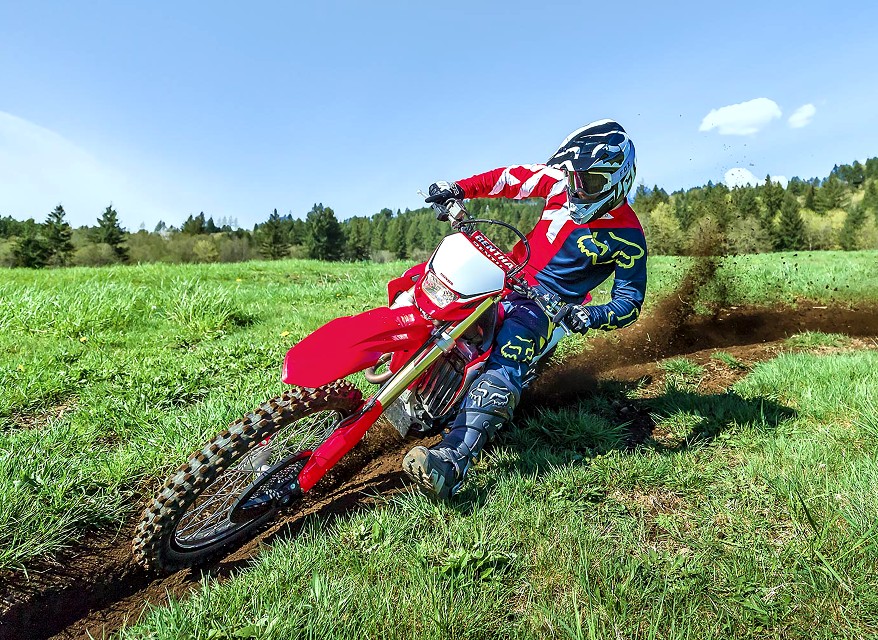
Brake Lever/Pedal
The front brake lever engages the bike's front brakes. The lever presses into the master cylinder and compresses the brake fluid, which should move smoothly and not stick. Typically after a drop or crash, the brake lever will likely bend and should be replaced. The rear brake pedal has the same mechanics, but it's engaged by your right foot. During a drop or crash, the pedal can bend into the motorcycle, causing it to stick or rub against the frame of the bike. Always make sure it moves freely and comes back to start position when you release your foot.
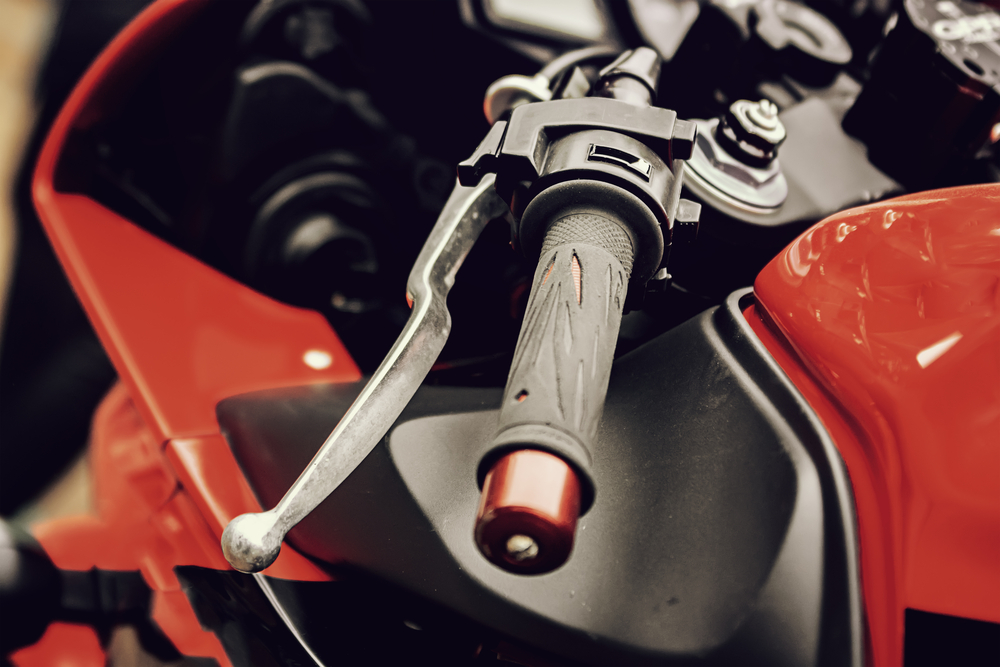
Master Cylinder
When a lever or pedal is compressed, it engages the plunger in the master cylinder and pushes the brake fluid through the system to the caliper. It's a one way valve so once you release it, it resets and refills with fluid. If the plunger or any of the O-rings are bad, it allows pressure to escape and the brakes won't engage properly. Master cylinder rebuild kits are available to fix these issues.
Brake Lines
Brakes lines allow the fluid to travel from the master cylinder to the caliper. Any cracks or damage to the connections, banjo bolts or the line itself will allow pressure to leak out and cause brake fade. Original Equipment Manufacturer (OEM) lines are typically rubber, and for race- or high-heat applications, an upgrade to steel-braided lines is common.
Brake Fluid
Brake fluid has a higher viscosity than water, which means it's harder to compress than air and won't release air into the line when compressed like water. These fluids are rated as DOT 3, DOT 4 and DOT 5/5.1, otherwise known as its heat rating. Most motorcycles run DOT 4 and can be upgraded to DOT 5 or 5.1 for race- or high-heat conditions, as heat brakes down the viscosity of the fluid.
Brake Calipers
The fluid ends at the brake caliper, which is attached to the forks and has pistons that the brake fluid pushes out. The pistons press against the brake pads and clamp down on the rotor, slowing the wheel. They also have O-rings that maintain the seal. If dirt or debris gets in there, it can cause brake fluid leaks. Rebuild kits are available for fixing motorcycle brake calipers.
Brake Pads
Motorcycle brake pads sit in the caliper on either side of the rotor. When the brakes are engaged, the piston pushes them together and the pressure slows the wheel down. Keep an eye on your bike's brake pads and change them when they get low. If the pad gets low enough, metal-to-metal scraping will occur, which is bad for braking and will destroy the rotor.
Brake Rotors
Motorcycle brake rotors are fixed to the wheel. When the pads compress against the rotor, the friction is what creates your motorcycle's stopping power. Inspect the surface of the rotors for excessive wear and make sure it's smooth. Any grooves or cracks in the surface will require a replacement.
Do It Yourself
Despite all the different components, the motorcycle braking system is really quite simple. It must maintain sealed pressure to work and if it fails, you have to find the leak, which could be in any of the components listed above. Once you find the leak, replace or rebuild the component and bleed the air out of the system to reseal it.

